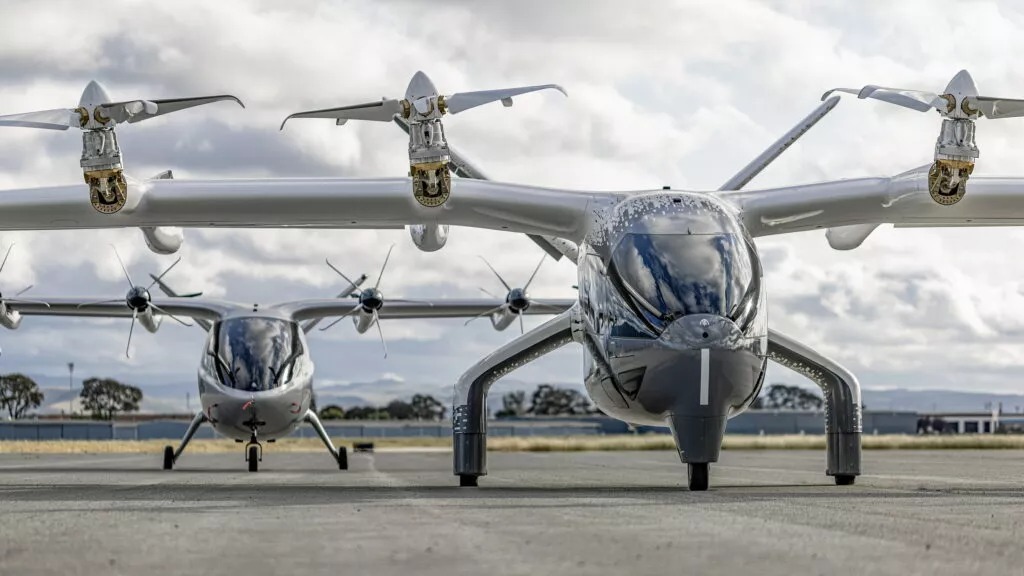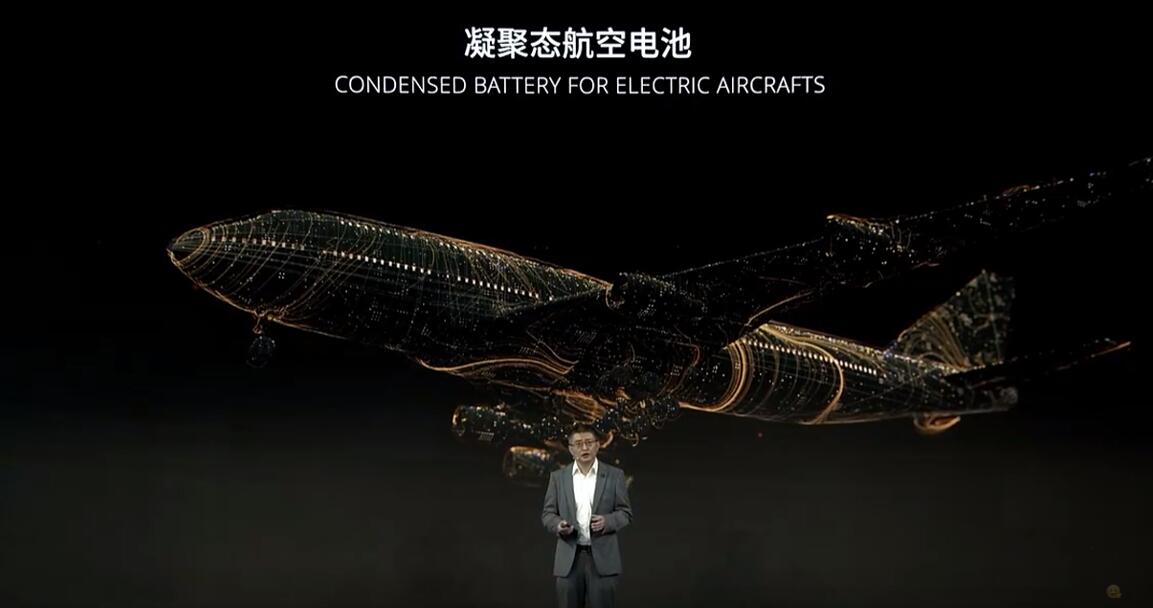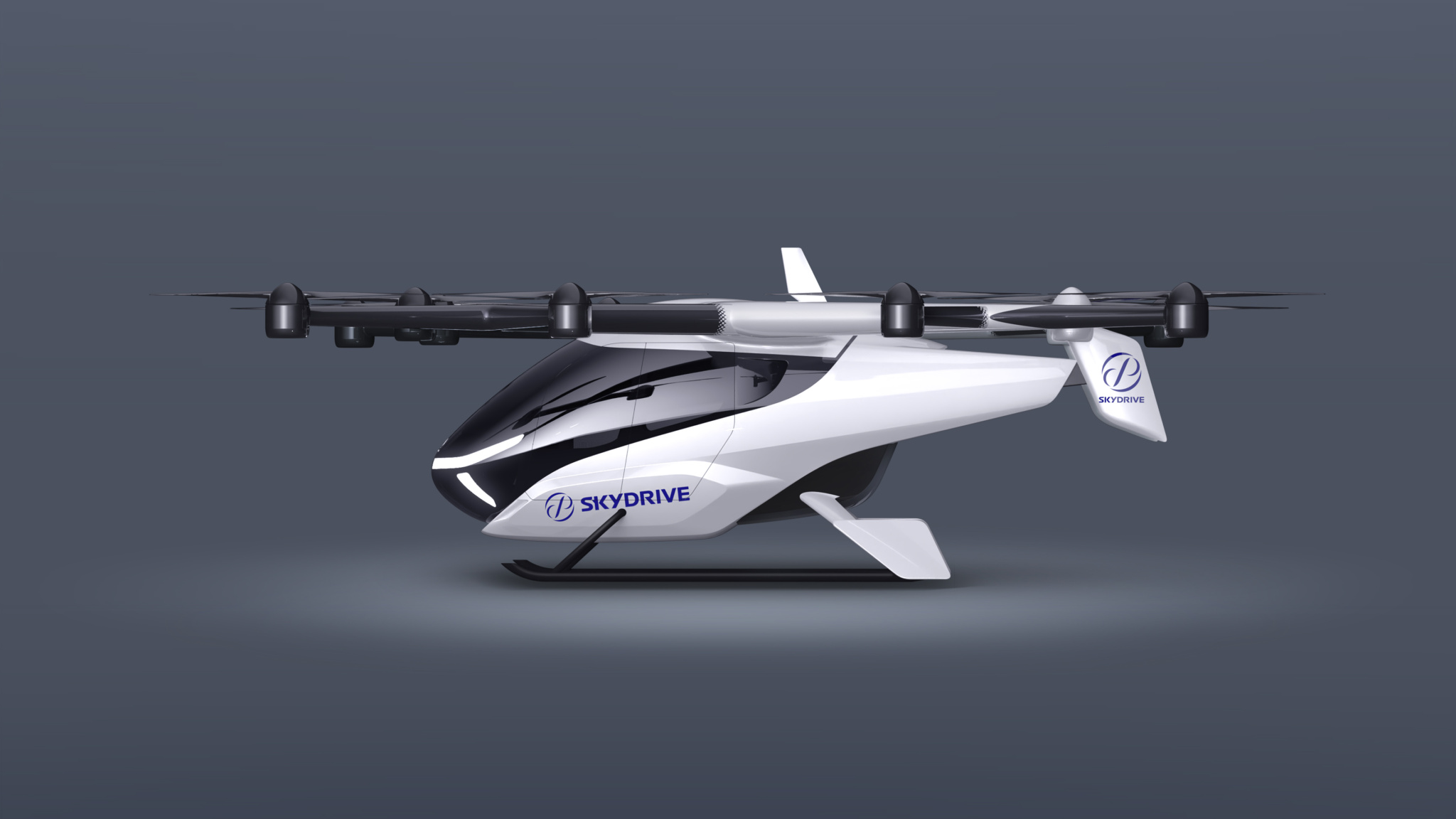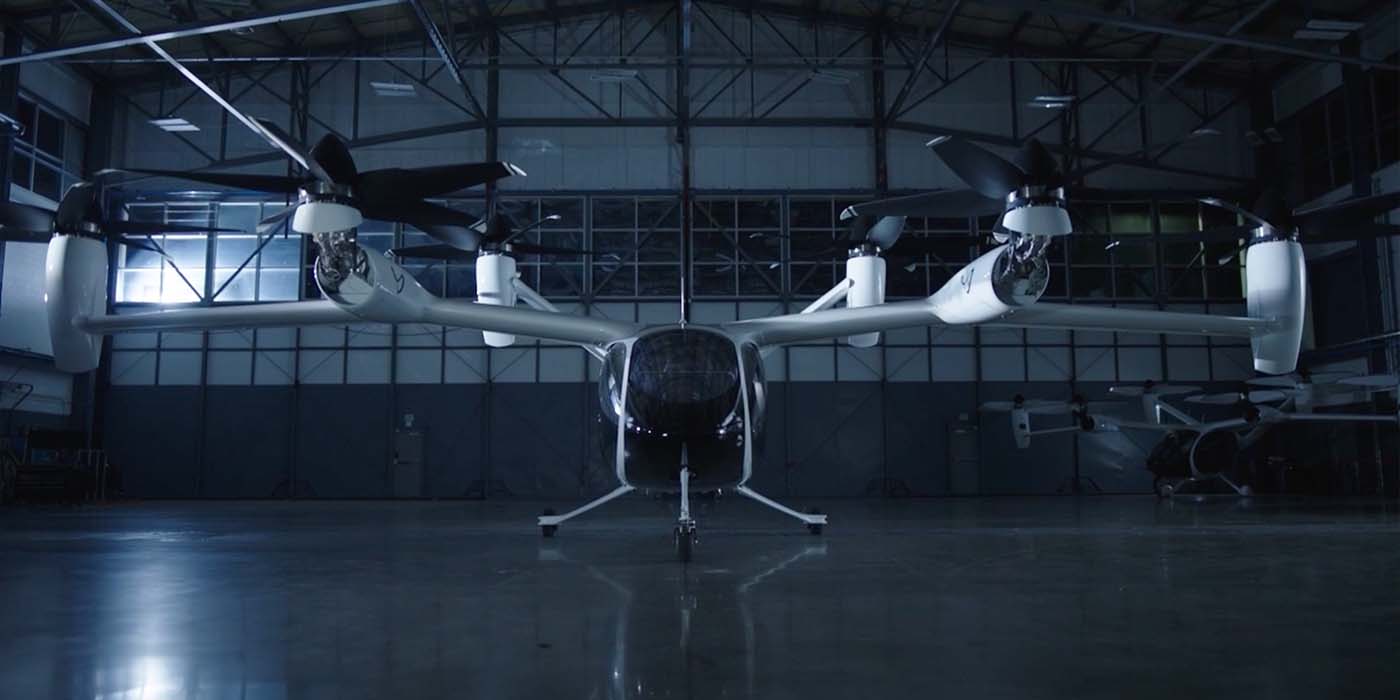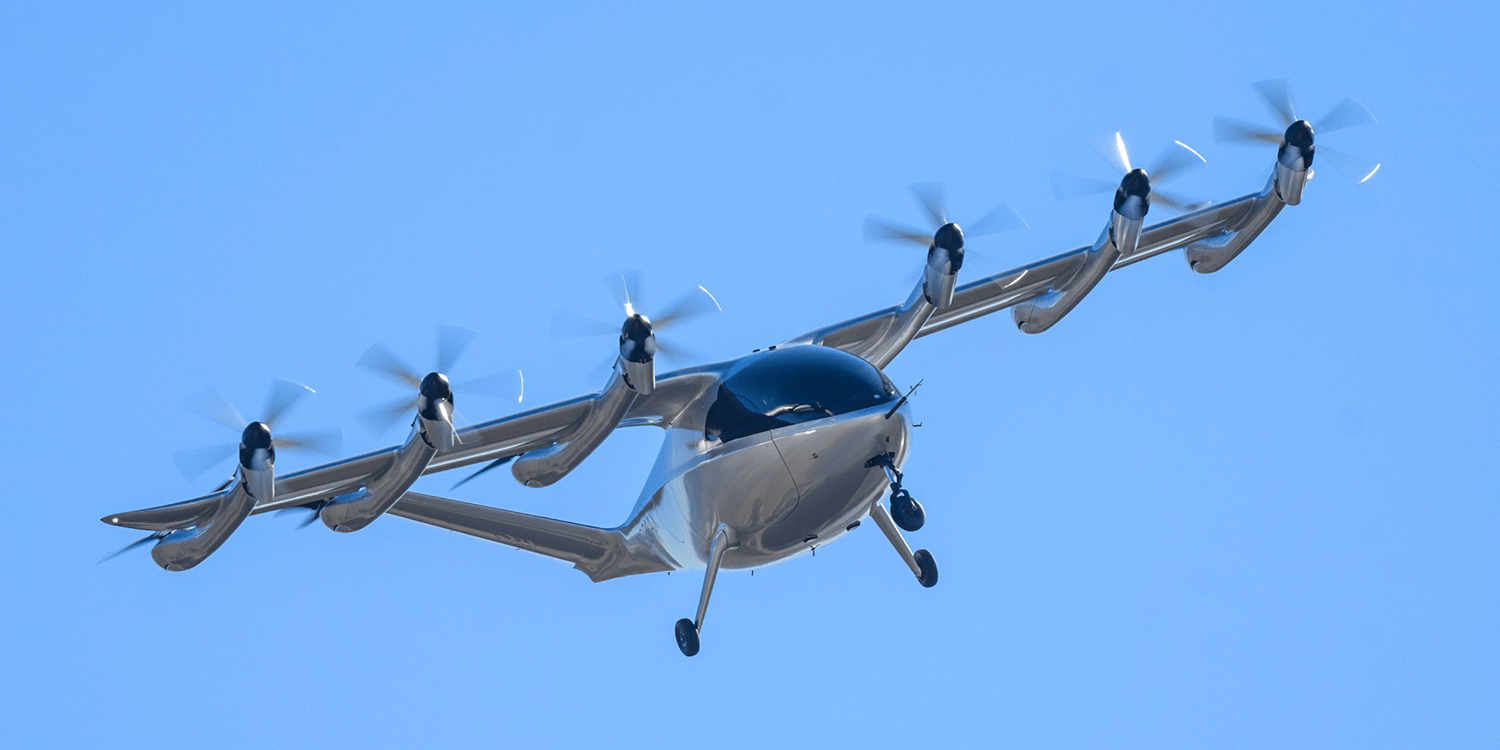The Federal Aviation Administration (FAA) has unveiled its ambitious “Innovate28” plan, heralding a new era of aviation with vertical takeoff and landing (VTOL) vehicles. While this development seems straight out of a science fiction movie, the announcement is causing some turbulence within the industry, as the challenges of ensuring safe operations become evident.
The FAA’s vision is to integrate advanced air mobility vehicles into American skies by 2025, pushing the boundaries of transportation. However, the plan specifies that human pilots must be on board these vehicles, primarily following the existing flight rules for helicopters. This stipulation has raised concerns among companies working on urban air-taxis, leading to fluctuations in their share values.
Toyota-backed Joby Aviation Inc. experienced a 5.6 percent drop in its stock price after the FAA’s announcement, and Stellantis-backed Archer Aviation Inc. suffered a three percent loss. Nonetheless, both companies have since shown signs of recovery.
The FAA is emphasizing safety as its “north star” for this venture. To ensure a smooth and predictable transition, the administration will rely heavily on existing procedures and infrastructure. Pilots will play a crucial role in operating VTOLs and will have to adhere to predetermined flight schedules. These futuristic aircraft will be permitted to operate at heights of up to 4,000 ft (1,219 meters) under existing low altitude visual flight rules in metropolitan areas.
In the initial phase, VTOLs will be limited to utilizing existing heliports, commercial airports, and general aviation airports. Simultaneously, the FAA expects local governments, operators, and manufacturers to collaborate on planning and developing new heliport/vertiport infrastructure.
Additionally, the FAA is collaborating with the Department of Energy, the TSA, and other stakeholders to address the expanding power, security, and environmental considerations associated with this novel class of flying vehicles.
As the “Innovate28” plan unfolds, the aviation industry holds its breath, eagerly anticipating a groundbreaking shift in transportation while remaining committed to tackling the safety challenges that come with such technological advancements.

